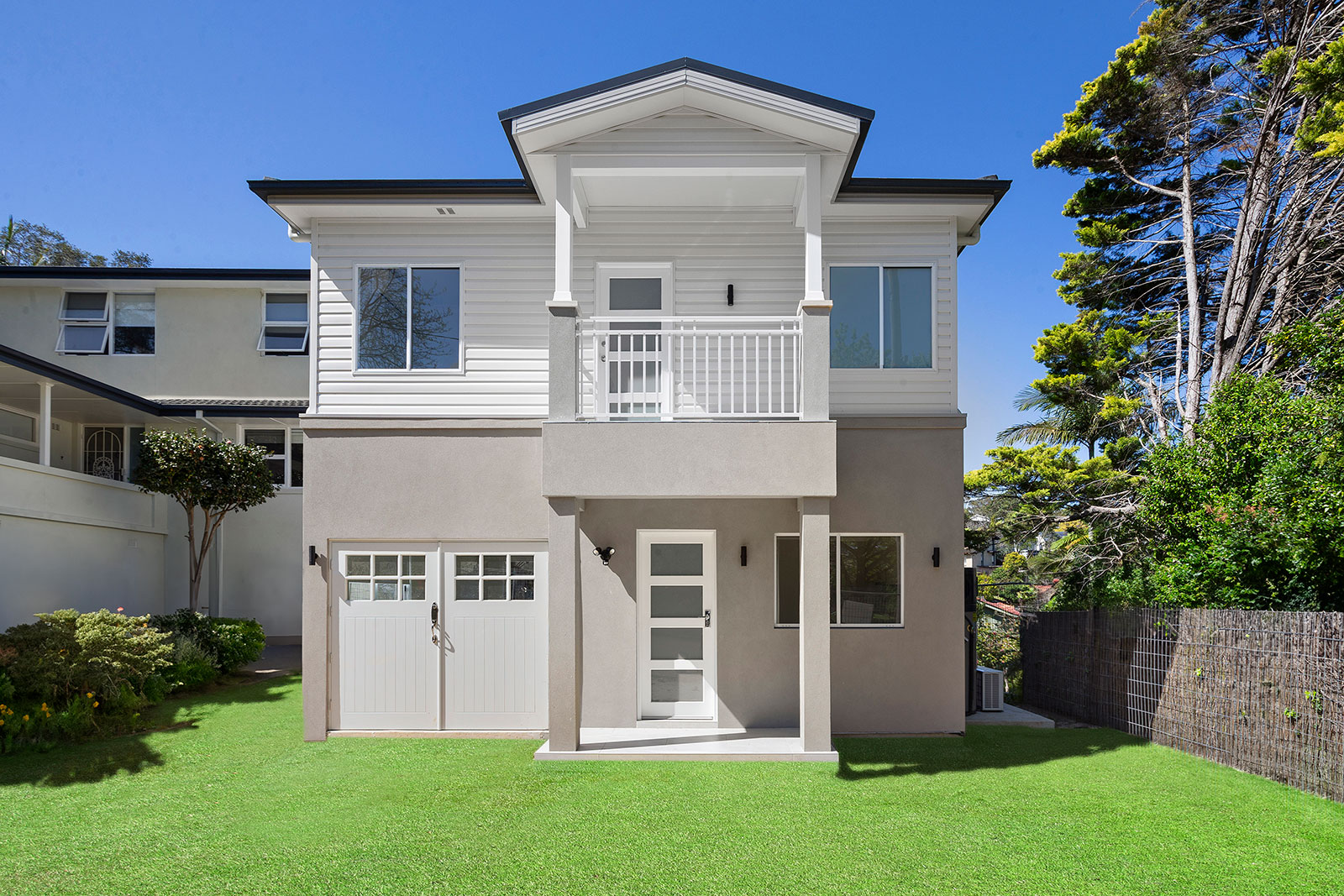



Get in touch
with us today…
Contact us for a private viewing to see a granny flat in your area today!

Employment Opportunities
We are always open to hiring motivated and creative workers who share our same passion to provide high-quality dwellings and attentive customer service.
If you are interested, please submit your details and resume.
Rules and Requirements for Building in NSW by Region

Granny Flats have emerged as a popular, innovative housing solution across NSW. Whether as a home for the kids, elderly parents or a consistent additional income source, it’s hard to overlook the many strengths of the humble Granny Flat.
However, despite being crucial for successful development, navigating the world of local council regulations can be complicated. This guide will walk you through all the intricate requirements you need to know about to ensure your new Granny Flat remains an asset for years to come.
Why Build a Granny Flat in NSW?
We could talk to you all day about the endless list of benefits that come with building a Granny Flat. Firstly, they offer a practical solution for multi-generational living. That might be providing living arrangements for ageing parents who need to be close to family whilst still feeling independent, young adults saving for their first home or friends or family members who need short or long-term accommodation due to their current living situation.
If you don’t use the additional dwelling as somewhere to home loved ones, the extra financial opportunities are huge. Renting out your Granny Flat provides you with a new, regular monthly income. In NSW, you can expect to earn anywhere between $400-$800 per week!
There are long-term benefits too. In fact, adding a Granny Flat to your property can increase its worth by up to 30%. Generally, a property with a Granny Flat is more attractive to future buyers thanks to the added living space and potential income.
General Rules for Building Granny Flats in NSW
There are strict compliance guidelines to understand and follow before a Granny Flat build begins. But don’t panic, as your builder, we can take care of all of this for you.
In New South Wales, Granny Flats are permitted under the State Environmental Planning Policy (Housing) 2021 (Housing SEPP) in areas with residential zoning.
Granny Flats can only be built on a pre-existing house’s property and have a few specific requirements to pass council regulations. These include:
- Your overall property size must be a minimum of 450m²
- The Granny Flat must be built on a residential property (not an area zoned for business or rural applications)
- You must have a 12-metre width from the building line of the main property
- There must be 3 metres between the rear of your land and your Granny Flat and 0.9 metres from the side boundaries of your land (blocks less than 900m2)
- The Granny Flat must be 3 metres from any existing trees that are over 4 metres in height (subject to council tree management policy)
- Only 1 Granny Flat is allowed on the property per eligible block
If building a two-storey Granny Flat, the property must not exceed 8.5 metres in height and your Granny Flat must comply with the above requirements.

Requirements for Approvals and Permits
When it comes to getting approval for your new build, the application will generally fall into one of two categories: Complying Development Certificate (CDC) or Development Applications (DA).
Complying Development Certificate
To qualify for this, the proposed Granny Flat must precisely meet all predetermined planning and building requirements, including standards around size limits, setback distances, and design specifications.
This method is typically faster, generally taking between 10 and 20 days, compared to the longer DA process. It also tends to be less expensive and requires less documentation.
Development Applications
A Development Application becomes necessary when a Granny Flat design falls outside the standard Complying Development parameters. This can be due to a range of reasons such as lot size, specific site constraints, design features, or location in areas such as heritage zones or environmentally protected regions. This assessment is more thorough and may involve requesting input from neighbours and the community on the project.
Council-Specific Regulations by Region
Now we’ve covered some general regulations for Granny Flats in NSW, let’s break it down into regions. Whilst there are overlaps, some things do differ between councils, with some introducing unique rules into the equation.
Sydney (City of Sydney, Parramatta)
The City of Parramatta encourages applicants to communicate with their neighbours about their plans before applying, and any design plans must complement and enhance your street’s visual characteristics.
Sydney’s dense urban environment and infrastructure also present unique considerations, such as heritage conservation areas and parking requirements in certain zones.
Hunter Region (Newcastle, Lake Macquarie)
Some parts of Newcastle are subject to heritage restrictions, which may limit modifications or require design approval to maintain the area’s character. There is also some variation in the standard minimum lot size, so checking with a professional is advised before applying to build.
Similar requirements apply in Lake Macquarie, particularly related to environmental concerns or bush or flood-prone areas.
Southern Highlands, Nowra
When building a secondary dwelling in the Southern Highlands, you may have to pay an additional water & sewer access charge, depending on local council requirements. The exact amount is dependent on the cost of your Granny Flat and determined by a certifier.
Depending on exactly where in the Southern Highlands you live, an extra car parking allocation may be necessary, in line with the Development Control Plan for that specific area. This may also differ depending on the zoning and size of the Granny Flat.
Illawarra (Wollongong, Shellharbour)
The coastal Illawarra region generally follows the standard NSW guidelines. However, additional attention should be given to local Development Control Plans (DCPs) and any environmental overlays due to the region’s coastal location.
Outside of regulations, remember to consider coastal conditions such as salty winds or water and intense UV when finalising the design features and material choices for your Granny Flat.

Central Coast (Gosford, Wyong)
In the Central Coast region, there’s a strong emphasis on adhering to Local Environmental Plans (LEPs) and Development Control Plans (DCPs) when applying to add to or modify your home.
This includes concerns about bush or flood-prone areas as well as other environmental concerns such as preserving biodiversity.
Northern NSW (Byron, Tweed)
One of the more complicated areas, Byron Shire Council requires lots of details in an initial secondary dwelling application. They ask for new site information regarding bushfire constraints, ecology and biodiversity, effluent disposal, slope considerations and suitability of access and internal roads, along with an updated vegetation management plan and amended neighbourhood management statement.
Over in Tweed, Granny Flats are allowed on certain land zones and can only take up 20% of the total floor area of the principal dwelling (or 60 meters squared, whichever is greater).
Western NSW (Dubbo, Orange)
Orange City Council’s regulations for Granny Flats focus on sustainable development that complements and enhances the unique character of the area. Your proposal needs to reflect an alignment with these requirements, highlighting how your secondary dwelling fits within the environmental planning for the region.
Dubbo council states that the secondary dwelling can be attached or separate from the primary dwelling. The total floor area must not exceed 60 meters squared or 65% of the total floor area of the main dwelling (whichever is greater).
Tips for a Successful Granny Flat Project in NSW
Every Granny Flat build requires the knowledge and expertise of professionals in the field. Navigating construction restrictions can be daunting, but a good builder will guide you through all of this and take the stress away.
Before beginning, we highly recommend conducting a comprehensive site assessment. It can help identify potential challenges like soil conditions, tricky slopes and potential heritage or environmental constraints so they don’t surprise you further down the road. Budget for the fees for any professional inspections your builder may deem necessary—it’s always best to be prepared.
Ready to Take the Next Step?
Building a Granny Flat on your property offers a new stream of income and additional living for you or other family members—if you’ve got the space, it’s an easy choice.
Here at Granny Flat Solutions, we have over 40 years of experience navigating regulations across the whole of NSW, and we’re here to help. Contact our friendly team today to get started or come down and visit one of our open homes across the region.
Ready to start your building journey? Chat to our team of experts today and get a FREE personalised quote
Find Out More
“Experience the difference for yourself.”
Call 02 9481 7443 or contact us online now to book your free site inspection and quote.







